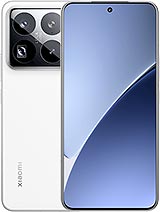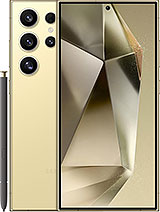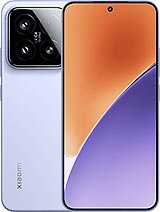Honor X50 Pro gets official with Snapdragon 8+ Gen 1, 108 MP main camera

Today in China, Honor made the X50 Pro official. The phone comes with a 6.78-inch 1,200x2,652 120 Hz OLED screen, with 1,920 Hz PWM dimming and 10-bit color support and an embedded fingerprint sensor. It isn't, however, an LTPO panel, so it will only switch between 60 Hz and 120 Hz, no other steps. At the helm sits Qualcomm's Snapdragon 8+ Gen 1 chipset, which is getting a bit long in the tooth now that the 8 Gen 3 is already out, isn't it?
Anyway, on the rear we get a 108 MP primary camera with f/1.75 aperture and a 1/1.67" type sensor. There's also a decorative 2 MP sensor on the other side of the huge camera ring that's part of an even huger camera island, pointless as it may be for these sensors alone. Speaking of which, we assume the 2 MP one is there so that the main camera doesn't feel lonely, all by itself, in all that space?
There's also a "MATRIX AI VISION CAMERA" inscription in the empty middle of the camera island to further fill up the space and a multiple LED flash array up top. The selfie camera is an 8 MP unit with f/2.0 aperture. The Honor X50 Pro has a beefy 5,800 mAh battery with support for 35W wired charging.
The handset runs Android 13 with MagicOS 7.2 on top. It can be yours in Elegant Black or green for CNY 2,799 with 12GB of RAM and 256GB of storage. That currently translates into about $395 or €357. International availability isn't a given, however.
Related
Reader comments
- WoW
- 01 Jan 2024
- C@V
good processor option, looks like having Curve Screen to looks Flagship, but this is a Vanilla Flagship of 2 years old. if you dont need: 1. IP rating which enhance durability like Samsung 2. 512gb like Honor x8b 3. Ultrawide cam...
- SuuperBaka
- 31 Dec 2023
- xDb
"snapdragon 8 gen 2 and snapdragon 7+ gen 2 should be available at that price." "For that price, you are getting Snapdragon 8 gen 2 also with bigger storage, then why should not we expect it." I understand the Snapdragon...
- SuperSpruce
- 31 Dec 2023
- jC%
They do this because a fast SoC is appealing in a lot of ways. It gives the user the best performance day to day for many years, and let's the manufacturers hide the bloat of their OS under the brute force of the SoC. My question is why the...














 Xiaomi
Xiaomi Samsung
Samsung OnePlus
OnePlus Samsung
Samsung Xiaomi
Xiaomi


